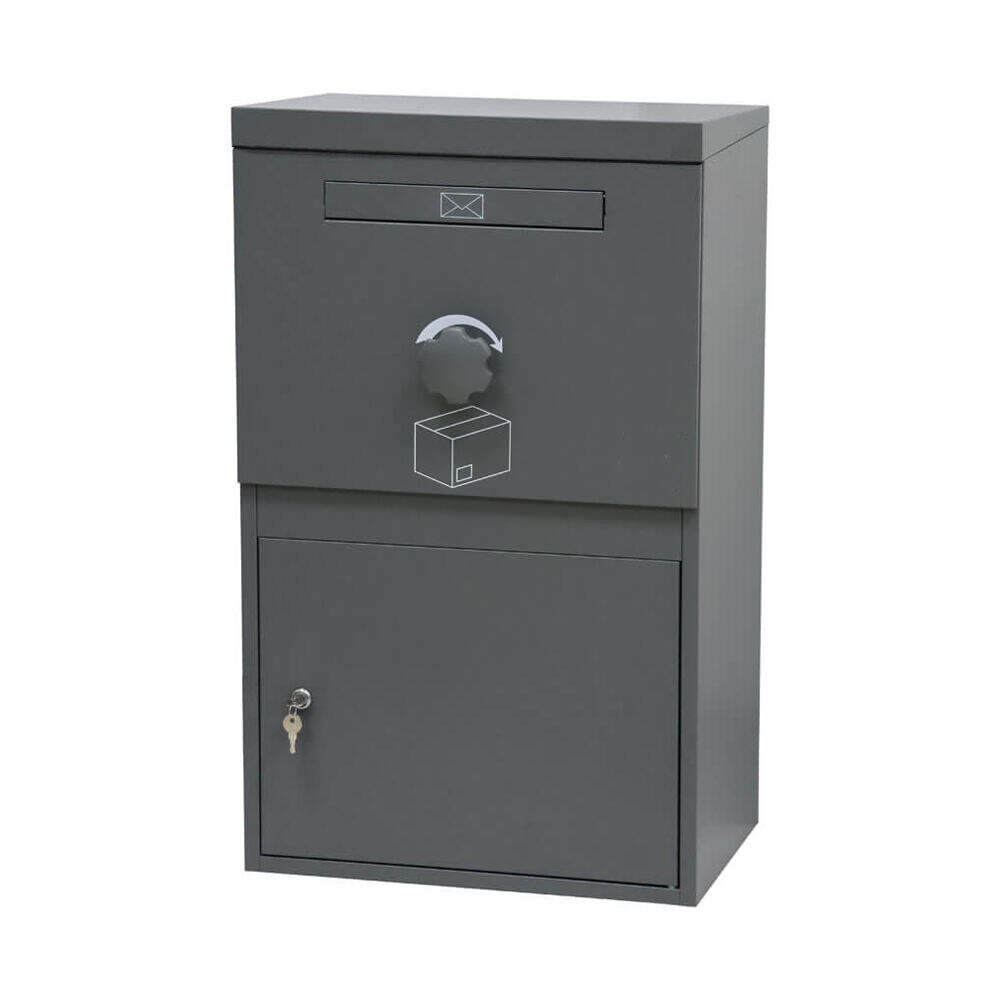The tireless development of the e-commerce puts tremendous pressure on fulfillment networks. With much attention on warehouses, sorting hubs, and delivery vehicles, the unsafe last inch, the safe delivery of the parcel to the customer can be regarded as a big issue. It is here where the unsung hero of the fulfillment ecosystem, the humble parcel box comes in with its crucial, sometimes overlooked role.
The story is not one about containers; parcel boxes are more than lockers (secure and shared), nor residential unit (single-person and personal). They also serve as key hubs in the fulfillment network facilitating the last leg of delivery and providing the benefits of streamlining, efficiency, security, and customer satisfaction.
1. Enhancing Operational Efficiency and Carrier Productivity:
- Reduced Delivery Attempts: The deliveries of failing products are expensive and time-consuming. Safe parcel boxes guarantee that there is a place to deliver to, thereby hugely reducing second or third delivery attempts. This translates to fuel savings, less driver time and higher number of parcels delivered in a route.
- Faster Drop-Offs: It takes drivers a lot less time to find their way into an address, wait to be approached by a customer, or locate a safe place to drop off. The ability to scan one code to relieve several parcels into the locker bank or throw an object within a specific home container within a short period of time saves the driver valuable time.
- Route Density Optimization: Communal lockers (or parcel boxes) allow the carrier to concentrate deliveries in one secure place to a target of multiple customers. This enables a more compact and smart routing both in neighborhoods or in Apartment complexes.
2. Boosting Security and Reducing Loss:
- Fighting Porch Piracy: This, of course, is a tangible physical deterrence through the common utilization of locks, which makes looting to a great degree, and in particular, what is gamed by one as the opportunistic thievery, which is a considerable pain to customers and the retailer alike. The doorstep vulnerability to the packages will be eliminated.
- Weatherproof: Parcel boxes seal goods against weather like rain, snow, sun, and wind and can lead to returns, exchanges, and inquiries.
- Secure Chain of Custody: The controlled environment of having the package ensures a lowered risk of loss between the point that the drivers drops the item and the customer picking up the item, creating a safer environment overall and establishes a culture of accountability within the professional chain of fulfillment.
3. Empowering Customer Convenience and Flexibility:
24/7 Retrieval: Retrieval windows of customer delivery times are eliminated. They can collect their parcels at time, night and as per their schedules because it is convenient as such.
Redefined Place of Delivery: Parcel boxes can deliver an alternate address that people are unable, or unwilling, to have at their safe home office such as apartment dwellers, or those who are often away or a suspect of being stolen.
Less Anxiety: The relief of knowing that a package safely waits eliminates the anxiety that occurs when a package does not arrive, or when a person believes that there is a theft.
4. Supporting Network Scalability and Returns:
- Handling Volume Peaks: Parcel boxes are necessary to handle peak times (holidays, sales events). They are safe cushions that absorb higher volume in deliveries without overloading the carriers and also without necessitating the odd endeavors to make home deliveries.
- Streamlining Returns: The use of parcel boxes as convenient drop points is becoming increasingly popular to carry out returns. The leisure of customers to place items in a secure manner is a key contributor to low levels of friction because beginning of the reverse logistics flow is made easier.
Challenges and Considerations:
Although priceless, parcel boxes are not problem free. The third case involves installation plans (particularly that of communal lockers), the need to offer fair access within different communities, the handling of restrictions on parcel sizes, and liaison between the different carrier platforms are all critical areas that should be constantly kept in check. But being able to cut both the back office operational cost, loss incurred, and customer retention is progressively obvious.
The Future Outlook:
Parcel boxes are also becoming more smarter network nodes other than passive containers. Integration with delivery management systems, immediate status changes to customers, temperature controlled options and higher modularity of large objects is in sight. They will become more incorporated in the field of urban planning and construction design.


